They say there are angels on Earth. There may be, but in the animal world, there are certainly creatures with angel in their names. So which are these “angels”? Here is a short list.
This lovely white beauty is a type of Piddock shell which is a variety of clam. Despite its thin, brittle shell, the clam can bore into wood, clay, and even shale and gneiss rocks. Its elongated shell can reach as long as seven inches, and its surface has approximately 26 radiating ribs. Though Angel Wings are generally white, others are tinged with pink, resulting when they are exposed to red tide algae. They live in shallow water, sometimes as much as three feet deep in the mud. Specifically, they are found in many tropical waters. In the West Indies, the clam is a staple food item.
Marine Angelfish
Living in shallow reef in the tropical Atlantic, Indian and western Pacific Oceans, these fish have vibrant colors and deep, laterally compressed bodies. They closely resemble the butterflyfishes, another showy reef fish. The fish have small mouths and rounded to lunate tail fins. Their average length ranges from 20 to 30 cm. Larger species of these fish are food item, while the smaller ones are popular among aquarists. All marine angelfish are known to be hermaphrodites.

Freshwater Angelfish
Freshwater angelfish originate from the river basins in tropical South America and have now been bred around the world. They have compressed rounded bodies and elongated triangular fins that enable them to hide easily among plants and roots. They are prized for their unique shape, color, and behavior. Accordingly, these fishes are able to recognize their owners.
Angel Moth
This insect belongs to the silkworm moths family, and has the scientific name Olceclostera angelica. An adult has silvery-gray forewings with brown lines and shading and with scalloped outer margins, reminiscent of angel’s wings. It has furry legs and abdomen that looks as though dipped in glitter paint. Its wings span 32-42 mm, but may be larger for female. Angel moths are generally found in deciduous forests in North America.
Angel Shark
Angel shark is so much different from other sharks as it has flattened body and broad fins, much like the rays. Yet, its rear part is still muscular, more typical of other sharks. It grows to a length of 1.5 m (5 ft), with others reaching as long as 2 m. It buries itself in sand or mud lying in wait for its prey like fish, crustaceans and mollusks. It is ovoviviparous, producing litters of up to 13 pups. Angel sharks occur worldwide in temperate and tropical seas. They are slow-producing and so full protection of these animals from overfishing has been taken actions.
Angel Insect
Angel insects, also known as Hubbard’s angel insects or Zorapterans, are leggy, medium to dark brown termite. They are small, size ranging from 2.6 to 2.9 millimeters in length. They are widely distributed throughout North America. They are mostly found under the bark of moist logs and old sawdust piles in lumber mills where they eat fungi and pieces of dead small insects and mites. Angel insects live in colonies of 15 to 120 individuals, mostly around 30 of which 30% are nymphs and the remainder is adults. They are secretive, and seldom noticed by people.

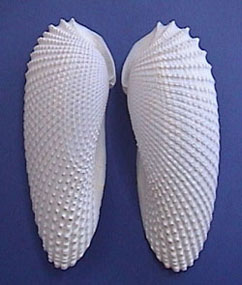
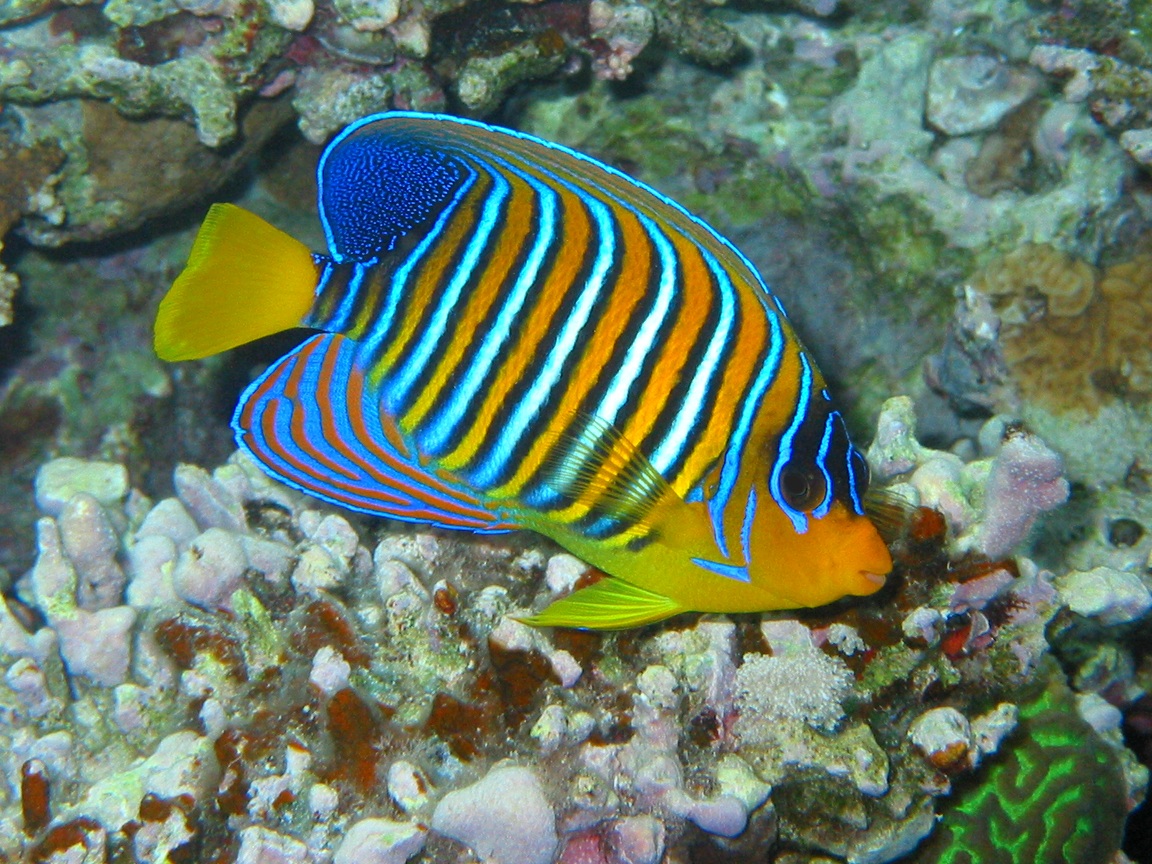


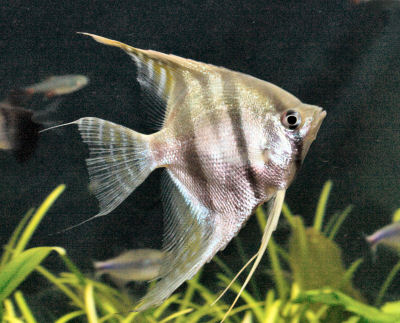

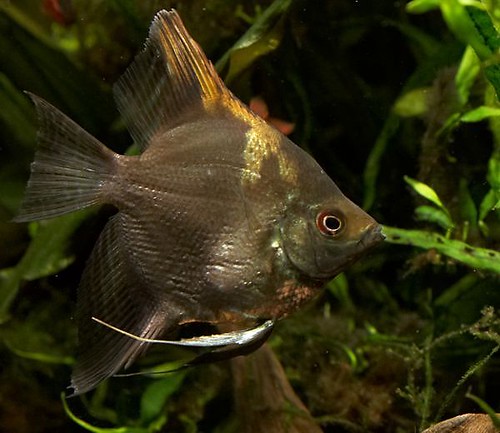
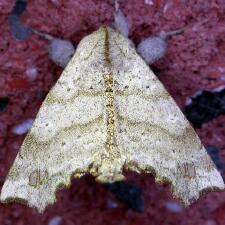

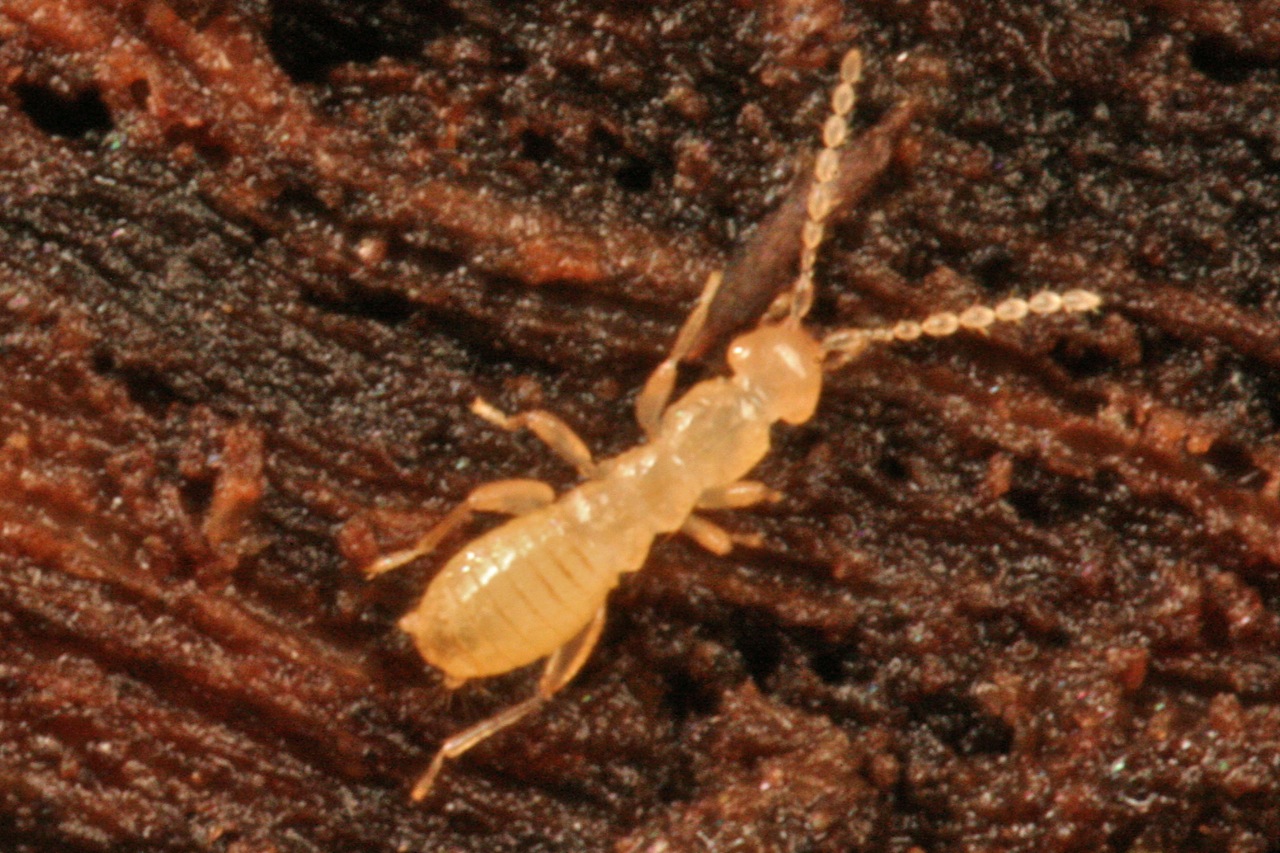
Angel shark is so much different from other sharks as it has flattened body and broad fins, much like the rays. Yet, its rear part is still muscular, more typical of other sharks. stitching unit , ladies tailor , custom tailor , tailor near me , tailor shop , Online Tailor Shop , tailoring company , custom tailoring services , stitching unit , best online tailor It grows to a length of 1.5 m (5 ft), with others reaching as long as 2 m. It buries itself in sand or mud lying in wait for its prey like fish, crustaceans and mollusks. It is ovoviviparous, producing litters of up to 13 pups. Angel sharks occur worldwide in temperate and tropical seas. They are slow-producing and so full protection of these animals from overfishing has been taken actions.
ReplyDelete